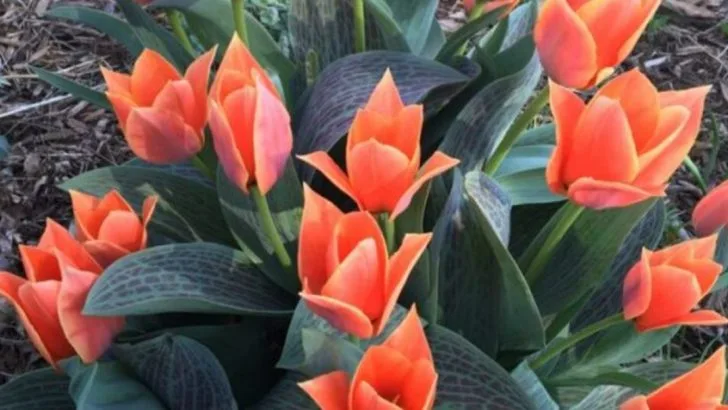Your tulips are done blooming—now what? Don’t toss them like yesterday’s salad. This is the part most gardeners get wrong. You don’t rip them out. You don’t cut everything down. And you definitely don’t ignore them. Those sad, drooping leaves? They’re doing important work behind the scenes. Think of them as the power-charging stage before next year’s show. Tulips are dramatic. They bloom big, they disappear fast, and they demand patience after the curtain falls. But if you treat them right now, they’ll reward you with an encore next spring—brighter, taller, and fuller. No guesswork, no gimmicks. Just a few simple steps to keep those bulbs alive and thriving underground. Let’s dig into what actually helps tulips come back strong—and what quietly ruins them for good.
Trim the Foliage
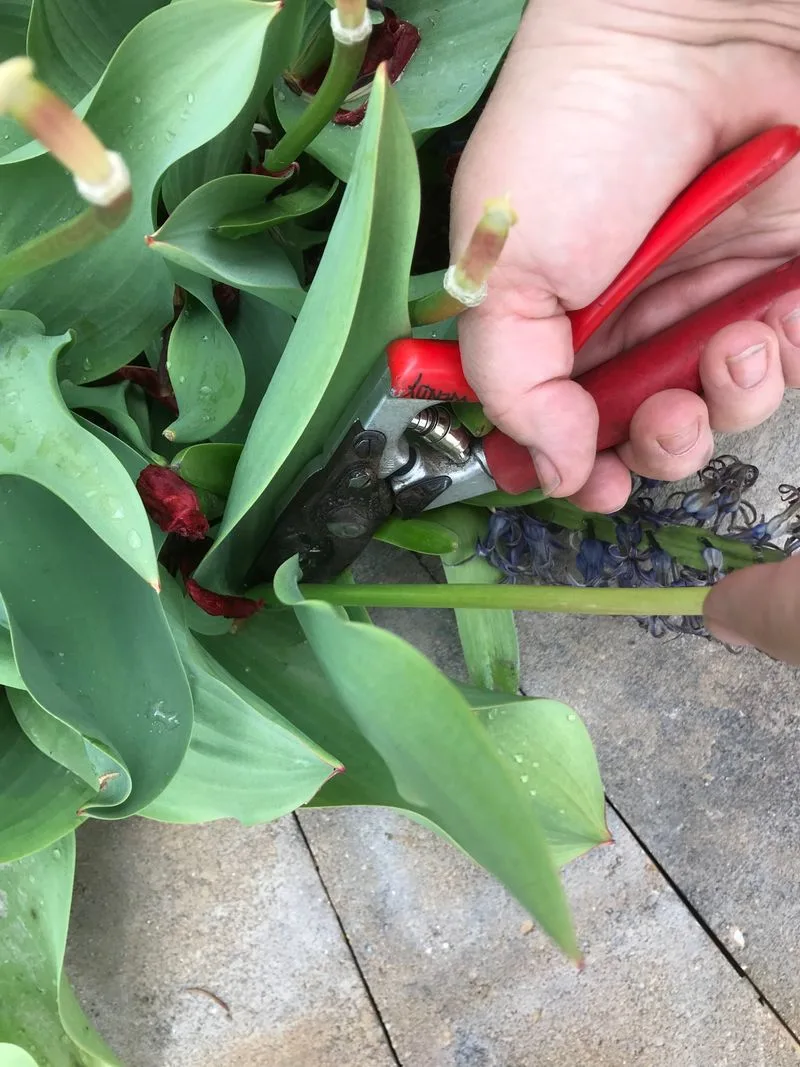
When tulips stop blooming, their foliage may seem unremarkable, yet this stage is vital. Begin by allowing the leaves to yellow naturally, as they’re busy photosynthesizing to store energy in the bulb. Once they’ve turned yellow and limp, trim them back to the base using sharp pruning shears. This step not only tidies your garden but also prevents pests and diseases from taking hold. Remember, patience in this phase ensures robust blooms next spring. The art of careful trimming is the gardener’s secret to a splendid tulip bed year after year.
Leave the Bulbs Undisturbed
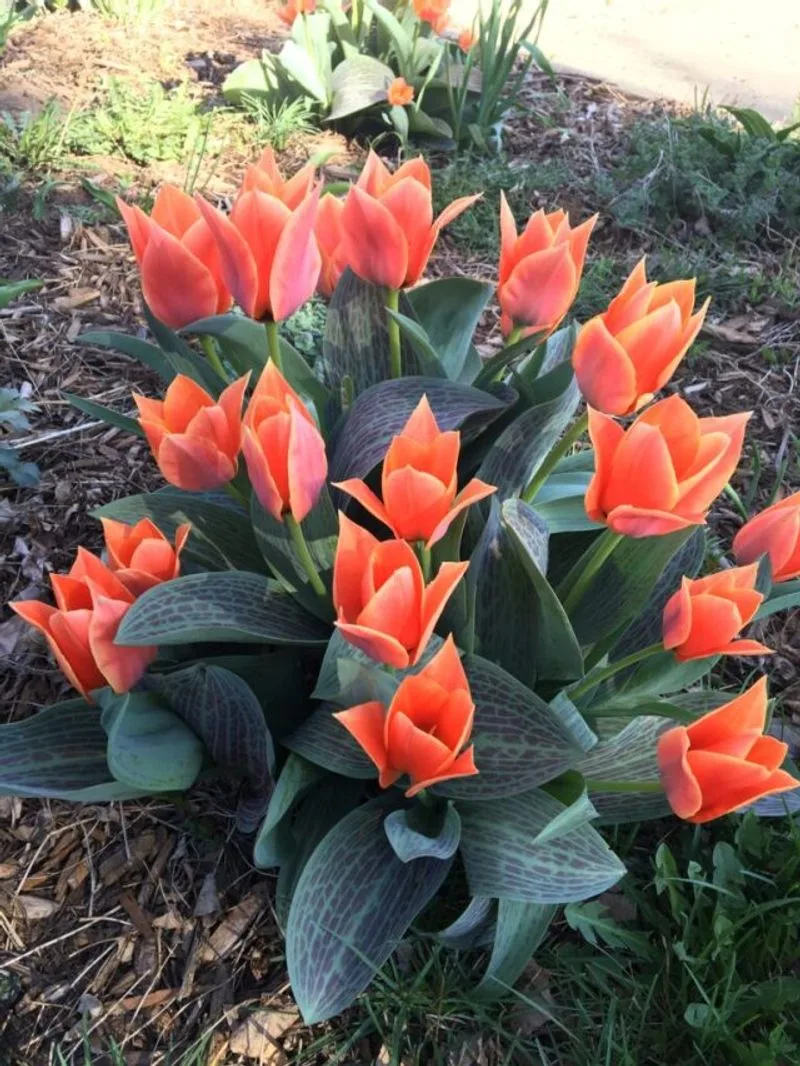
Did you know tulips prefer to be left alone after flowering? By keeping the bulbs undisturbed, you allow them to rest and rejuvenate underground. This natural dormancy is crucial for their development. Resist the urge to dig them up right away, as it’s best to let nature take its course. This period of calm helps tulips gather strength for future floral displays. A quiet garden bed, teeming with unseen activity, is often at the heart of next year’s breathtaking bloom.
Fertilize Appropriately
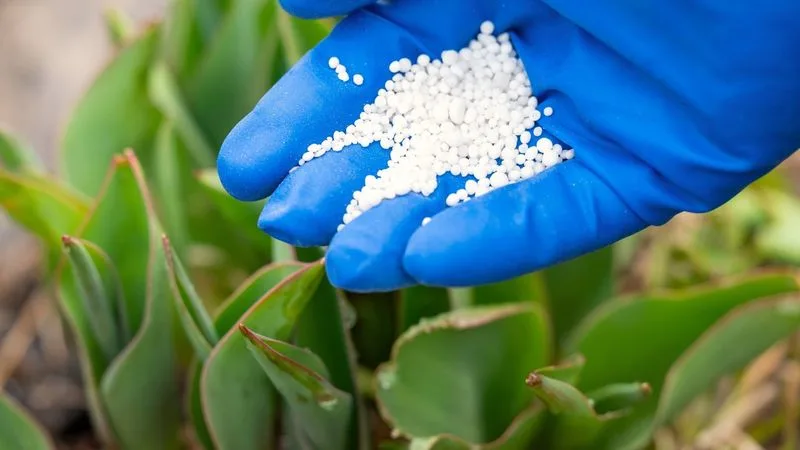
As tulips conclude their blooming, nourishment becomes key. Applying a balanced fertilizer helps replenish the soil’s nutrients. Choose a slow-release formula to gently feed the bulbs over time. This ensures they have all they need to store energy efficiently. Begin this process while the foliage is still green, as it aids absorption. Fertilizing thoughtfully sets the stage for a vibrant display next spring. The gardener’s touch, mindful and deliberate, can transform a garden into a lush, colorful haven.
Ensure Proper Drainage
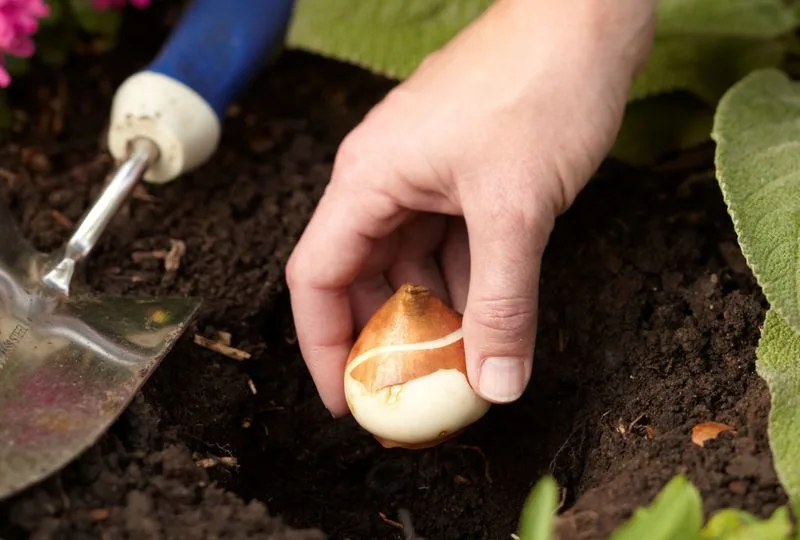
A common misstep is neglecting drainage post-bloom. Tulip bulbs require well-drained soil to prevent rot. Consider adding organic matter like compost to improve soil structure. Check for pooling water, and adjust accordingly. Elevating the garden bed can also aid in better water flow. Proper drainage not only protects the bulbs but also fosters a healthy root environment. A garden where water flows smoothly promises robust plant health, ensuring tulips return with vigor each season.
Store Bulbs Correctly
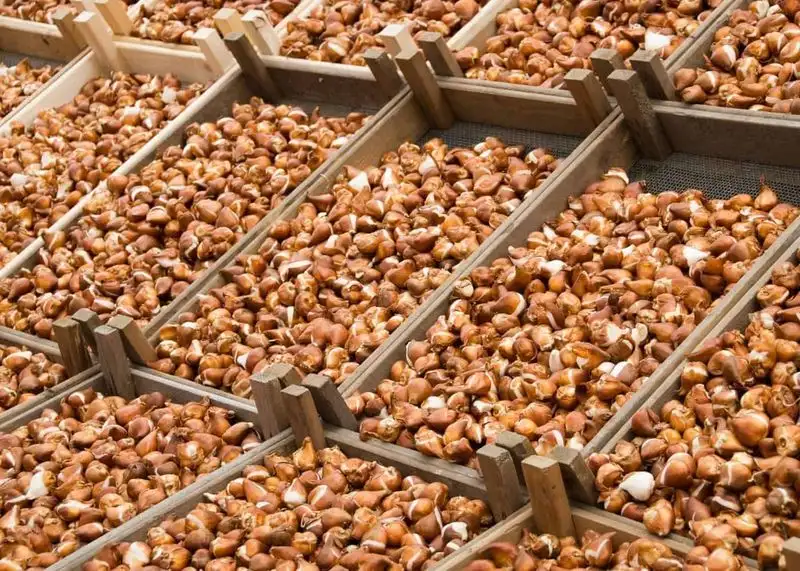
If lifting tulip bulbs is necessary, storage is your focus. Clean them gently, remove excess soil, and let them dry. Place them in a mesh bag or a box with ventilation holes. Store in a cool, dry place to prevent mold and decay. This careful storage method ensures the bulbs are primed for replanting. Proper handling during the offseason is the gardener’s blueprint for next spring’s success. A well-prepared bulb today is the promise of tomorrow’s beauty.

